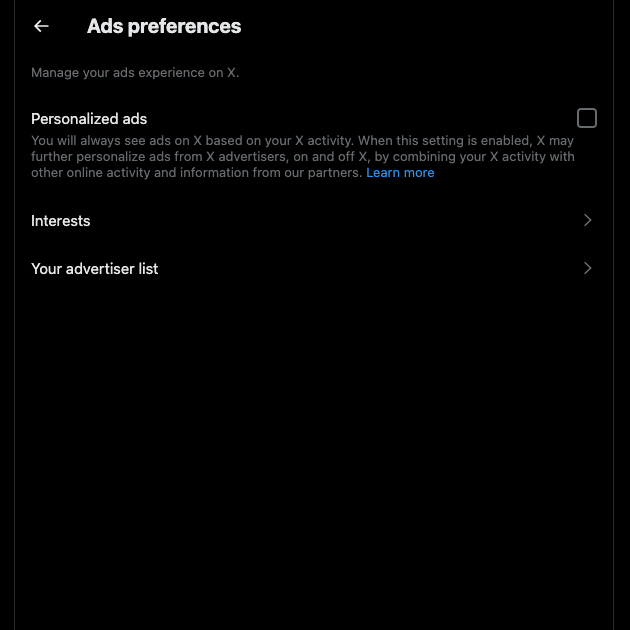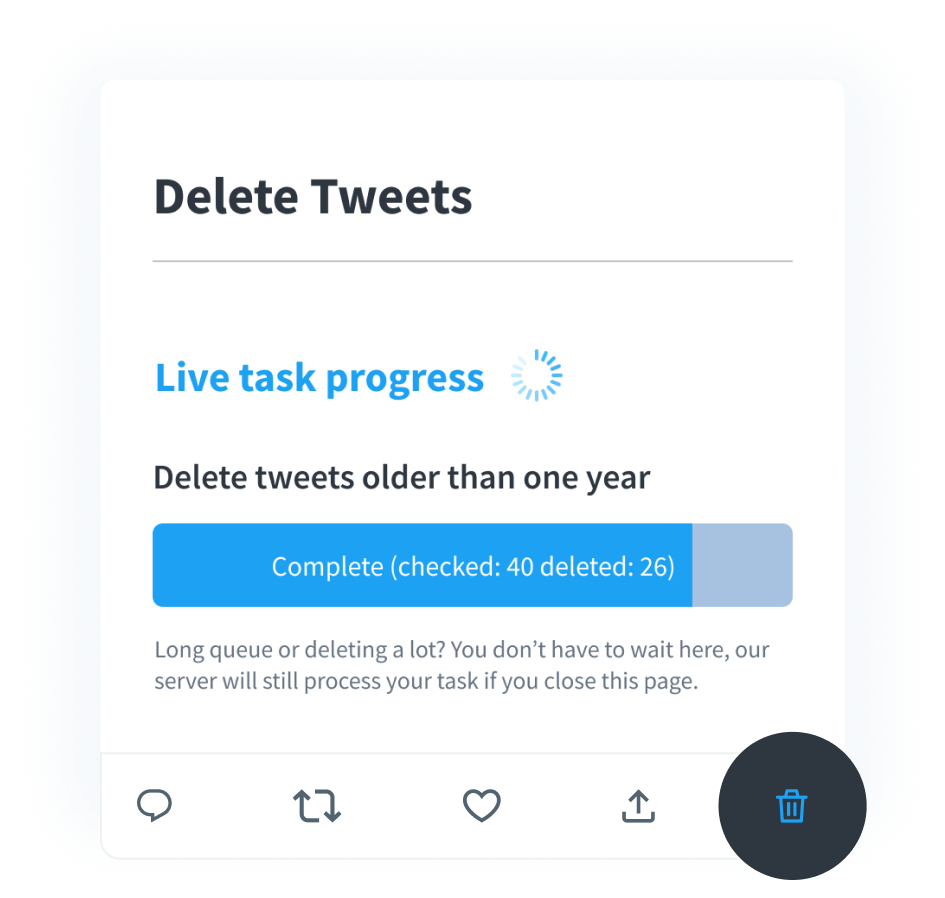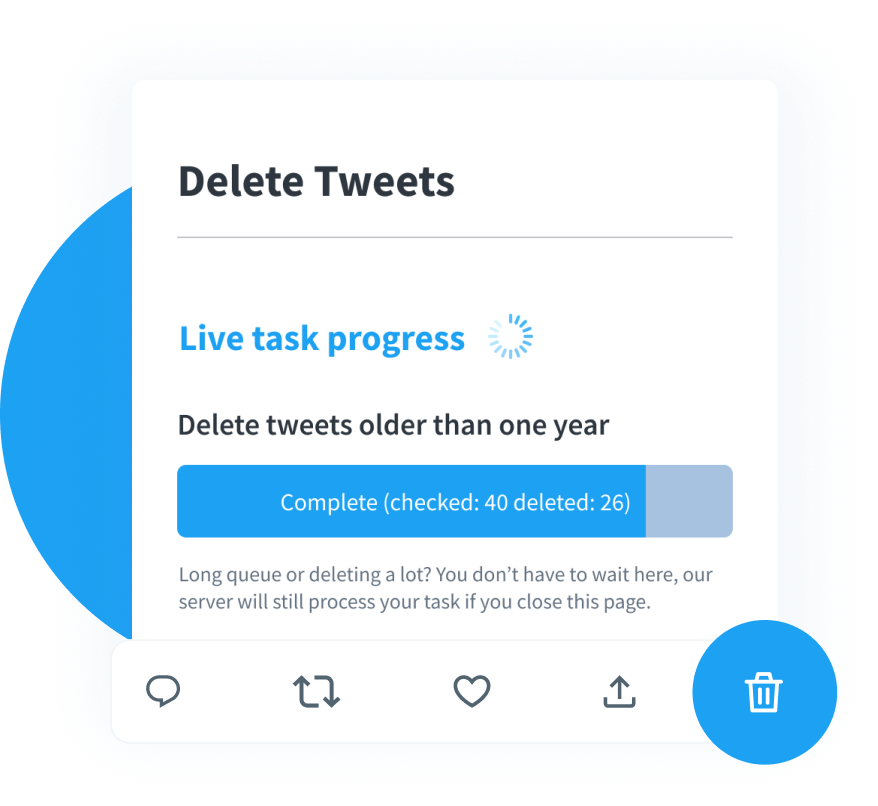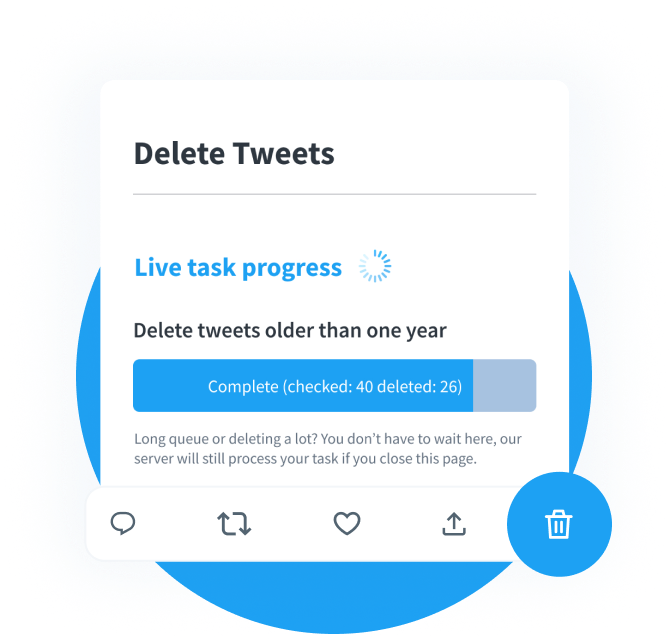When you search for something online, you tend to start seeing ads for the same on various websites. No matter where you go in the online world, it seems to follow you around. This is a simple example of what is possible with your digital footprints.
As this is the first time you’re coming across this term, what does it even mean? Moreover, should you be thinking about your online footprints?
There’s a lot to learn when it comes to footprints in the digital world. This article covers this topic comprehensively to give you deep insights. For instance, you learn what is possible with your online fingerprints. Also, you’ll understand the importance of this topic and why it should be something you think about regularly.

Table of Contents
What Are Digital Footprints?
Generally, the first thing that will pop up in your mind about this subject is – what are digital footprints? When you use the internet, i.e., visit a website or use a service, you leave behind a data or information trail. It is similar to walking on a beach or in wet mud. When you walk on such terrain, every step you take leaves a footprint.
Your online footprint is similar, but it contains valuable information about you. Almost anything you do in the digital world leaves a trail that is traceable to you.
One way to understand virtual footprints is to take an example from the fairy tale about Hansel and Gretel. When the siblings go deep into the forest, Hansel leaves a breadcrumb trail to help them find their way back. In this instance, the trail is full of data about your activities. If anyone follows the trail, it leads back to you.
Or, you can look at all the information you have to provide when creating an account on X or Twitter. You have to share your email address, phone number, date of birth, name, and gender. The data you provide is your digital footprint.
What Are the Different Types of Digital Footprints?
Not all online footprints are the same. Some are intentional, while others can happen without your knowledge. What are they, and how do they differ? Below is a list of two common types of digital or online footprints:
- Active Digital Footprints
When you share data about yourself willingly and knowingly, it comes under active digital footprints. For instance, let’s say you’re on Twitter or X. If you publish a post (formerly tweet), this is a form of active online footprint. You leave a review about a restaurant on Google after visiting the establishment; it comes under this category. These are some examples of active footprints in the digital space.
- Passive Digital Footprints
Passive online footprints also refer to data trails you leave behind in the digital world. However, you may or may not know that this is taking place every time you go online. Although you may not be aware, websites and services mention this in their privacy policies or terms and conditions.
For example, when you like and repost certain types of content on Twitter, the platform makes a note of this. This is an example of a passive footprint. Over time, the social media network will use this data to suggest similar posts in your feed. The first example of the correlation between your search history and the ads is also because of passive footprints.

What Are the Consequences of a Digital Footprint?
A digital footprint is an identifier, i.e., it is traceable to you. As it is visible to almost everyone, it can have an impact on your life. The section below provides a detailed answer to this question – what are the consequences of a digital footprint?
Digital Footprint Affects Offline and Online Reputation
Once your online footprint becomes public, you have almost no control over what happens next. For example, when you publish a post on Twitter or X, anyone on the platform can view your tweet. It is also possible for people who don’t have an account to see your post. You can make your Twitter profile private to protect your privacy. However, that doesn’t stop your followers from taking a screenshot and sharing what you say publicly.
If you say something controversial, even if it was a decade ago, it can damage your reputation. It doesn’t matter if your opinions change with time. Or if you grow as a person and no longer believe in the same. As a result, people’s perceptions about you can change for the worse.
Let’s take another example. Say you upload an image to a private group. Or people can only view the image a few times before it disappears. It’s easy to save an image, even if it isn’t publicly available. Someone can alter this picture and share it with as many people as possible. This will damage your reputation in the physical and digital world.
Online Fingerprints Impact Current and Future Employment
Every employer that performs a background verification as part of their hiring process will also check for online footprints. What they learn with this data plays a crucial role in their decision to hire you.
Let’s say you post a tweet ranting about your previous employer. When a hiring manager comes across this post, it will influence what they think about you. As a result, the potential employer may not proceed with your application, even if everything else looks okay.
Bad Actors Can Leverage Your Digital Footprint
Employers aren’t the only ones keeping an eye on your online activities. Cybercriminals can gather a lot of information from your social media digital footprint and use it to their advantage.
For example, let’s say there’s a viral X, formerly Twitter, post asking users about the city they are born in. You reply to this tweet and don’t think too much about it. However, this is invaluable information to cybercriminals. Assume a bad actor is trying to gain access to your account. Even if they don’t know your password, they only need to answer the security questions. One question asks the bad actor to name your birth city. This information is publicly available, so they can easily bypass this security measure.
Or, they can use all the information they know about you to create a fake profile on Twitter. With this account, they send direct messages containing malicious links to your friends and family. They can also grab your IP address and use it for illegal activities. As a result, if authorities trace the digital activity, it points to you, not the cybercriminals.
These are some ways bad actors will exploit your data trails.

How Are Digital Assets and Digital Footprints Related?
Digital assets are data in the virtual world that have a financial or sentimental value to you. The personal media you share on Twitter, now X, is a digital asset. Your profile on this social media network is also a virtual asset. Or, if you have cryptocurrencies, it also comes under this category. This brings you to the question – how are digital assets and digital footprints related?
Well, you leave an online footprint behind when you use a virtual asset. Let’s break down this example to explain the relation between footprints and assets. You use your X, aka Twitter account, to engage with other user’s posts. When you find a post interesting, you leave a like or reply to the tweet. In this instance, your account is the digital asset. The online footprint is your interaction with tweets in your feed.
Twitter, or X, can learn a lot about your online behavior on its platform by analyzing your footprint. They can see what you like and dislike, and the algorithm will recommend content based on this information. Similarly, they can share it with their advertising partners. Brands will use your data trail to send you targeted ads. You’ll notice that the ads become relevant the longer you use social media sites.
How Can You Reduce Your Digital Footprints?
These days, everyone leaves a data trail because of how much time they spend in the digital space. Although it may be unavoidable in several cases, this doesn’t mean you shouldn’t pay attention. The more online footprints there are, the harder it becomes to safeguard and manage your data. A better solution is to focus on reducing your data trails. This way, you can keep a check on what’s available publicly online. Below are four ways you can reduce your digital footprint.

Think Twice Before Sharing Anything on Any Social Media Platform
Social media platforms make it a trivial task to share information. However, you should always think about what you’re posting before making it public. Remember, once it goes on a platform like Twitter or X, a record of the post can exist anywhere. In other words, it becomes a part of your digital activity.
People can take screenshots of your social media posts or use the Internet Archive to start cataloging your profile. Given how accessible social media platforms are, you should avoid sharing personal information.
Review the Privacy Settings of Every Application and Service
Due to government regulations, several options exist to control your privacy in the digital space. You should make use of them to reduce your virtual footprint. In this example, let’s look at X, formerly Twitter.
You’ll come across several options if you go through the Privacy and Safety settings on the app or website. For instance, you can prevent the platform from personalizing your feed and ads using your location data. Similarly, you can turn off location services on your smartphone while using X or Twitter.
The social media network shows you a list of your interests. It creates this list based on your activity and behavior on the platform. You can remove topics to reduce the relevancy of the advertisements you see. Opting out of marketing campaigns that use your interests to personalize the ads is possible.
Also, you can limit how much data Twitter, now X, shares with its advertising partner. However, you won’t be able to stop it completely.
Delete Your Old Social Media Accounts
If you have multiple social media accounts, you should review them. These profiles can contain information that no longer represents who you are. If you use the same email address for these accounts, it is easy to trace them back to you.
Also, when you come across your old profiles you no longer have access to, you should delete them. Let’s say you created an account on X or Twitter in 2014 and used it till 2016. However, you no longer have access to the email address associated with this profile. Also, you don’t remember the password. As a result, you created a new account. In this case, deleting the old Twitter profile is always better.
Clean Up Your Digital Footprint
You can, to an extent, delete your digital activity. Look for your name on Google and see what turns up. If you come across content you don’t agree with, you can ask the search engine to remove it. Or, if it is on another website, like a public forum, see if you can delete it. You can also ask the site admin to remove it from their website.
Similarly, perform a similar scan by searching for your social media handles on Google. E.g., google your Twitter or X username or add Twitter to your name at the end of the query. See what kind of posts or tweets appear in the search results. If you don’t like what you see, you can delete them on Twitter.
Although Twitter allows you to remove posts, it doesn’t offer much functionality. In other words, it is only possible to delete tweet at a time. What if there are several posts that you want to remove, as people may misinterpret them? Say, some are in 2018, while others are in 2020 and 2023. What if there are posts you don’t remember tweeting but exist on your profile? With TweetDelete, you can get an overview of all your posts on Twitter or X. You decide which tweets you want to delete from your profile forever. Use the auto-delete feature to remove posts periodically so that there is nothing on your account that may age poorly. Use TweetDelete today to clean your social media digital footprints!










